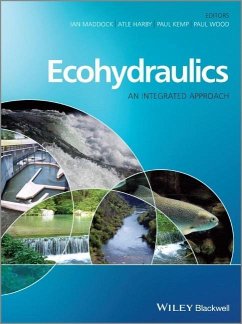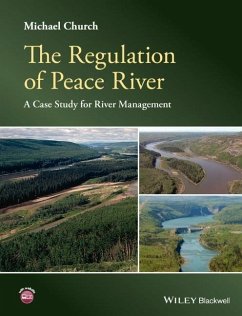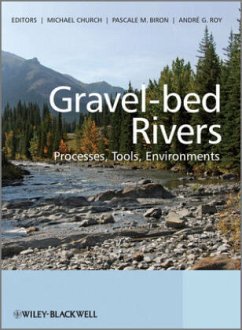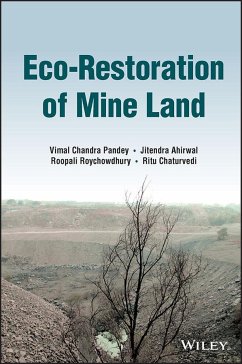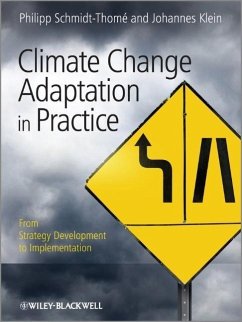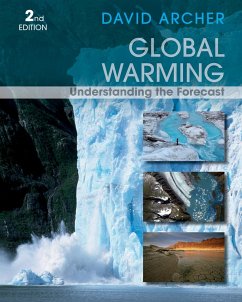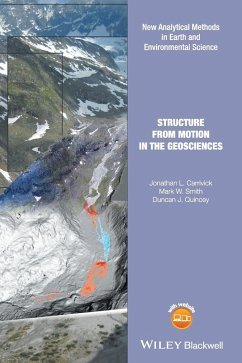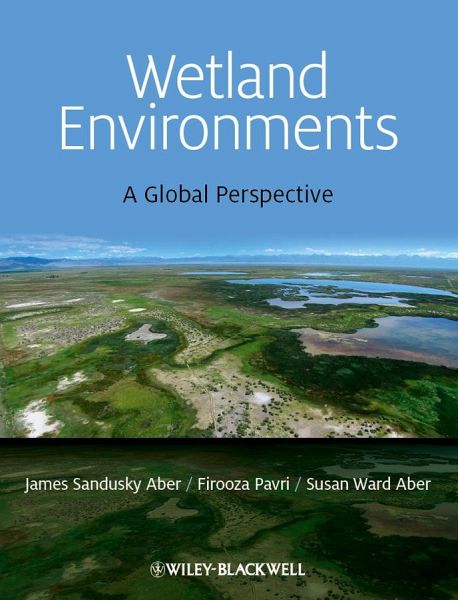
Wetland Environments
A Global Perspective

PAYBACK Punkte
90 °P sammeln!
Wetlands - swamp, marsh, bayou, tundra and bog - are places that are rarely visited and often misunderstood but they have, in fact, conspicuous roles in the physical, biological and cultural geography of the world. They are intrinsically beautiful environments where one may see the natural and essential values in the interaction of water, soil, vegetation, wildlife, and humans. Wetlands occur at the confluence of unique terrestrial, hydrological and climatic conditions that give rise to some of the most biodiverse regions of the world. They also play vital roles in the cycling and storage of k...
Wetlands - swamp, marsh, bayou, tundra and bog - are places that are rarely visited and often misunderstood but they have, in fact, conspicuous roles in the physical, biological and cultural geography of the world. They are intrinsically beautiful environments where one may see the natural and essential values in the interaction of water, soil, vegetation, wildlife, and humans. Wetlands occur at the confluence of unique terrestrial, hydrological and climatic conditions that give rise to some of the most biodiverse regions of the world. They also play vital roles in the cycling and storage of key nutrients, materials and energy through the Earth's system.
A complete study of wetland environments requires the assessment of their physical and biological attributes, properties and functions of these ecosystems, and the economic, political and social aspects that mediate their use globally. A systems approach is taken throughout this book which emphasizes the interactions between these elements of wetland ecosystems. Moreover, selected case studies from across the world are used to illustrate wetland characteristics and circumstances.
This book is intended to foster a greater awareness and appreciation of wetlands, promote a culture of conservation and wise management, and spread the knowledge that wetlands are important, indeed crucial, elements of the global environment. Our attempts to understand, manage and enhance wetlands in the twenty-first century are part of the larger effort to maintain a sustainable Earth.
Readership: Introductory or intermediate level undergraduates taking courses on wetland environments
Additional resources for this book can be found at: www.wiley.com/go/aber/wetland.
A complete study of wetland environments requires the assessment of their physical and biological attributes, properties and functions of these ecosystems, and the economic, political and social aspects that mediate their use globally. A systems approach is taken throughout this book which emphasizes the interactions between these elements of wetland ecosystems. Moreover, selected case studies from across the world are used to illustrate wetland characteristics and circumstances.
This book is intended to foster a greater awareness and appreciation of wetlands, promote a culture of conservation and wise management, and spread the knowledge that wetlands are important, indeed crucial, elements of the global environment. Our attempts to understand, manage and enhance wetlands in the twenty-first century are part of the larger effort to maintain a sustainable Earth.
Readership: Introductory or intermediate level undergraduates taking courses on wetland environments
Additional resources for this book can be found at: www.wiley.com/go/aber/wetland.



